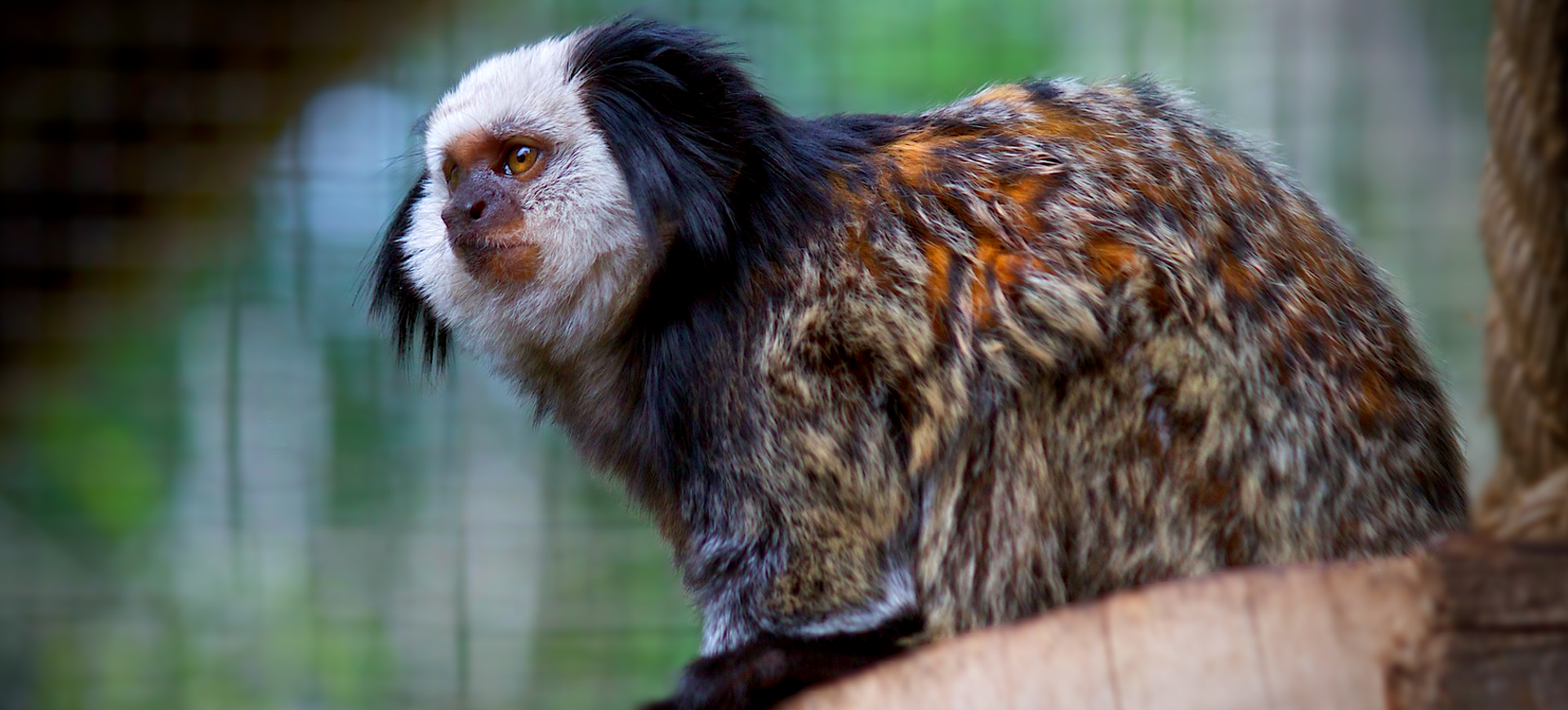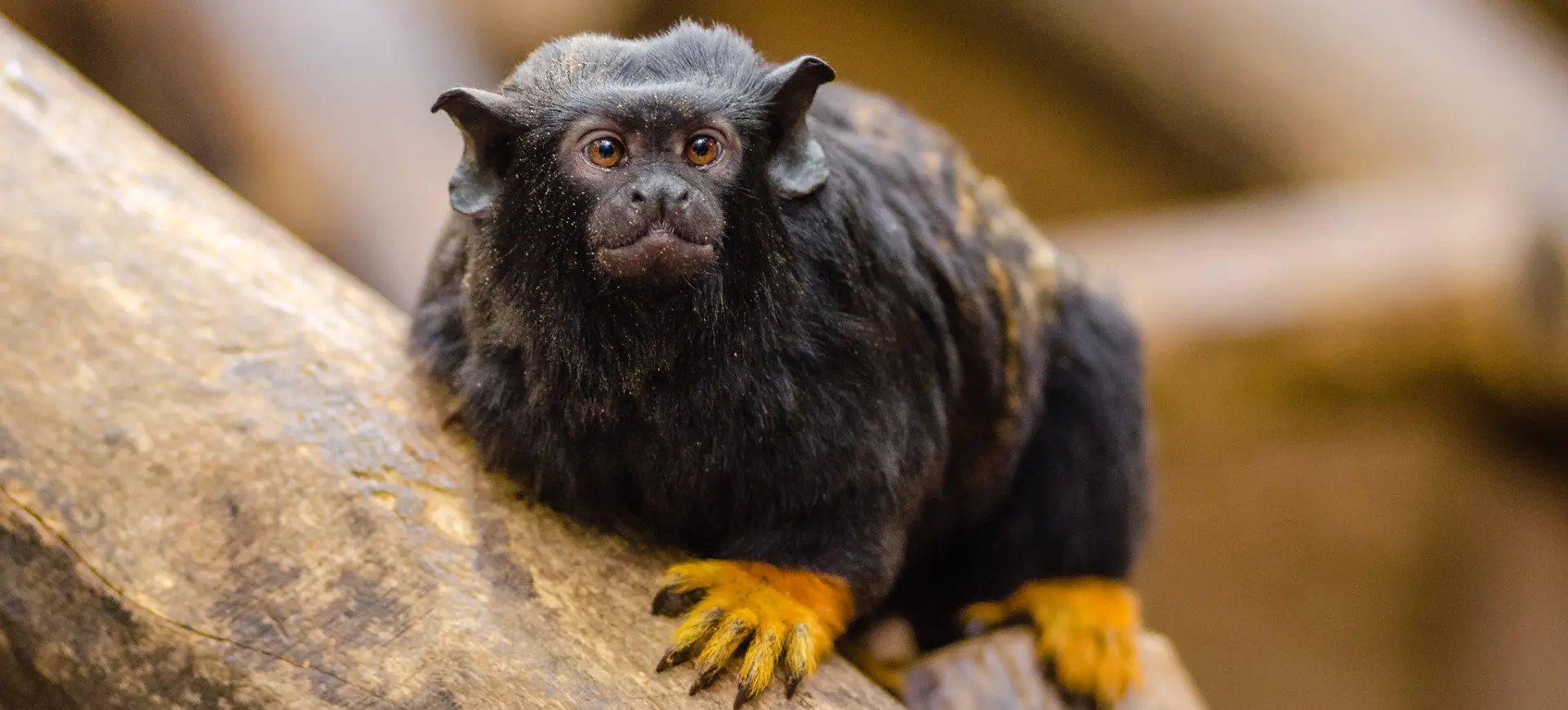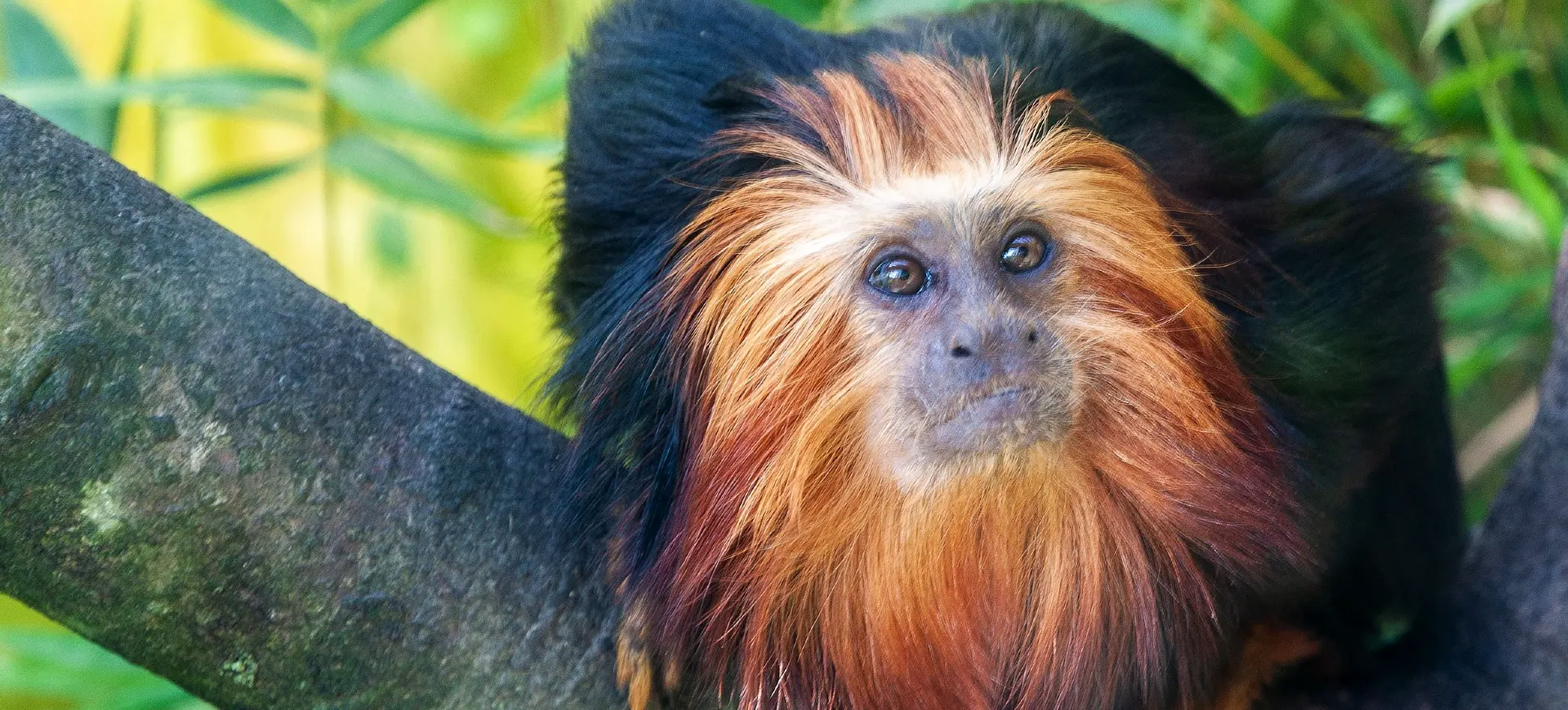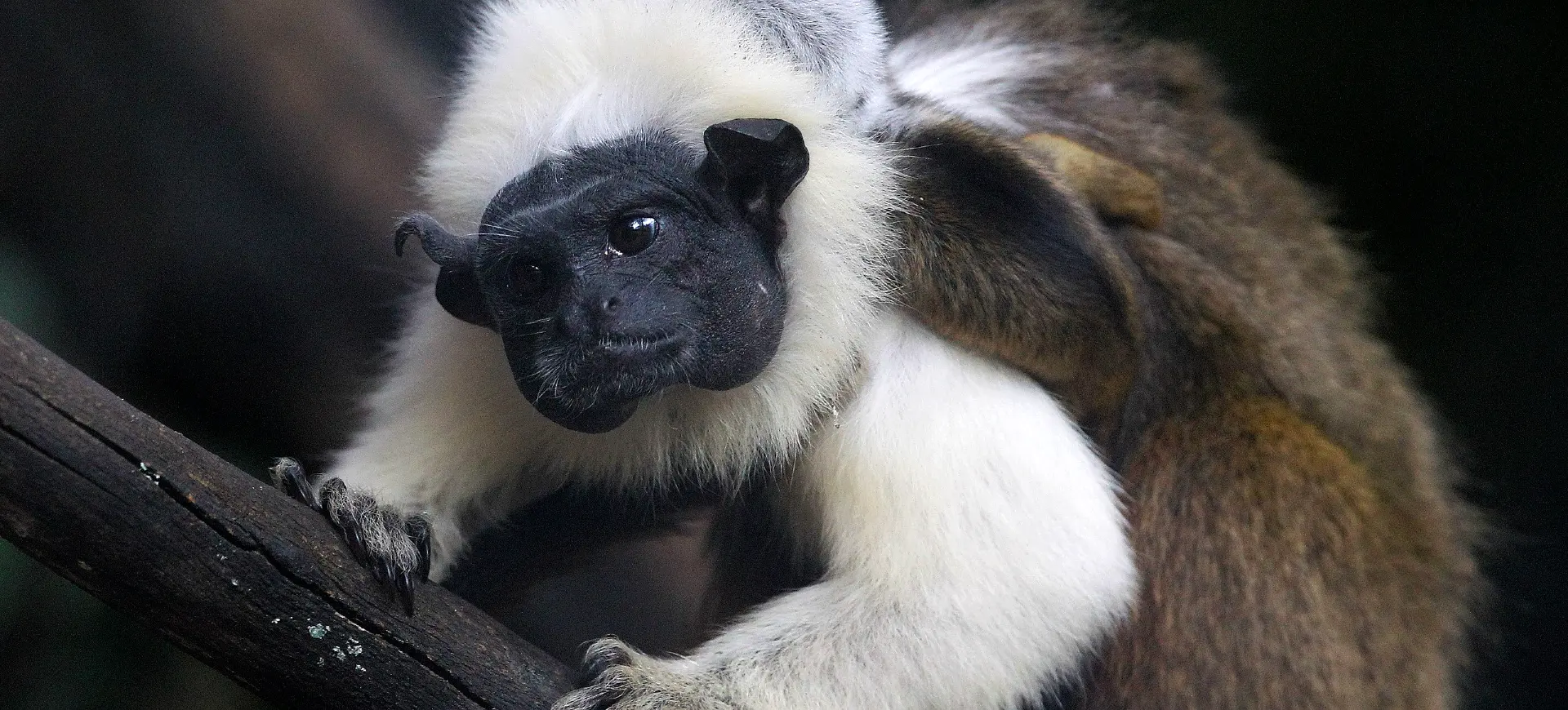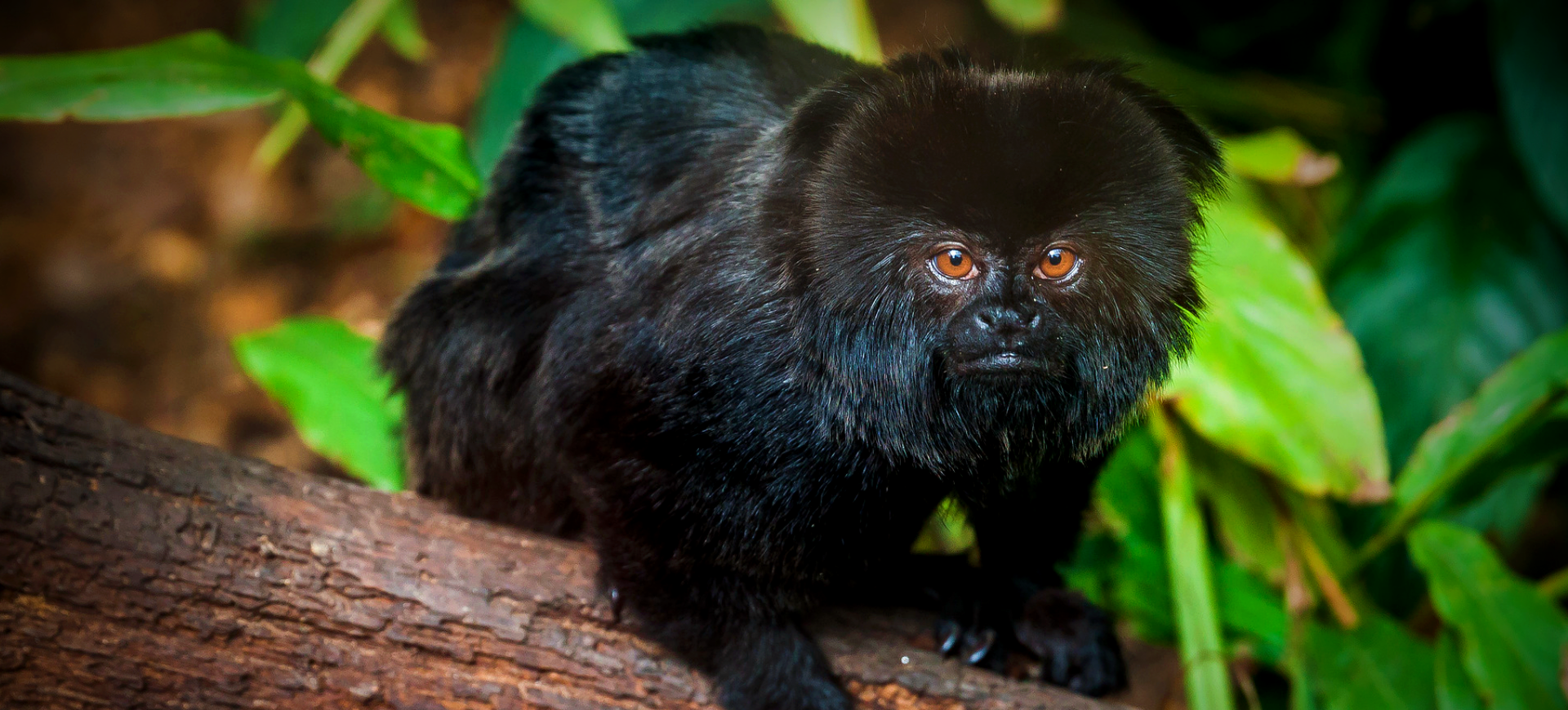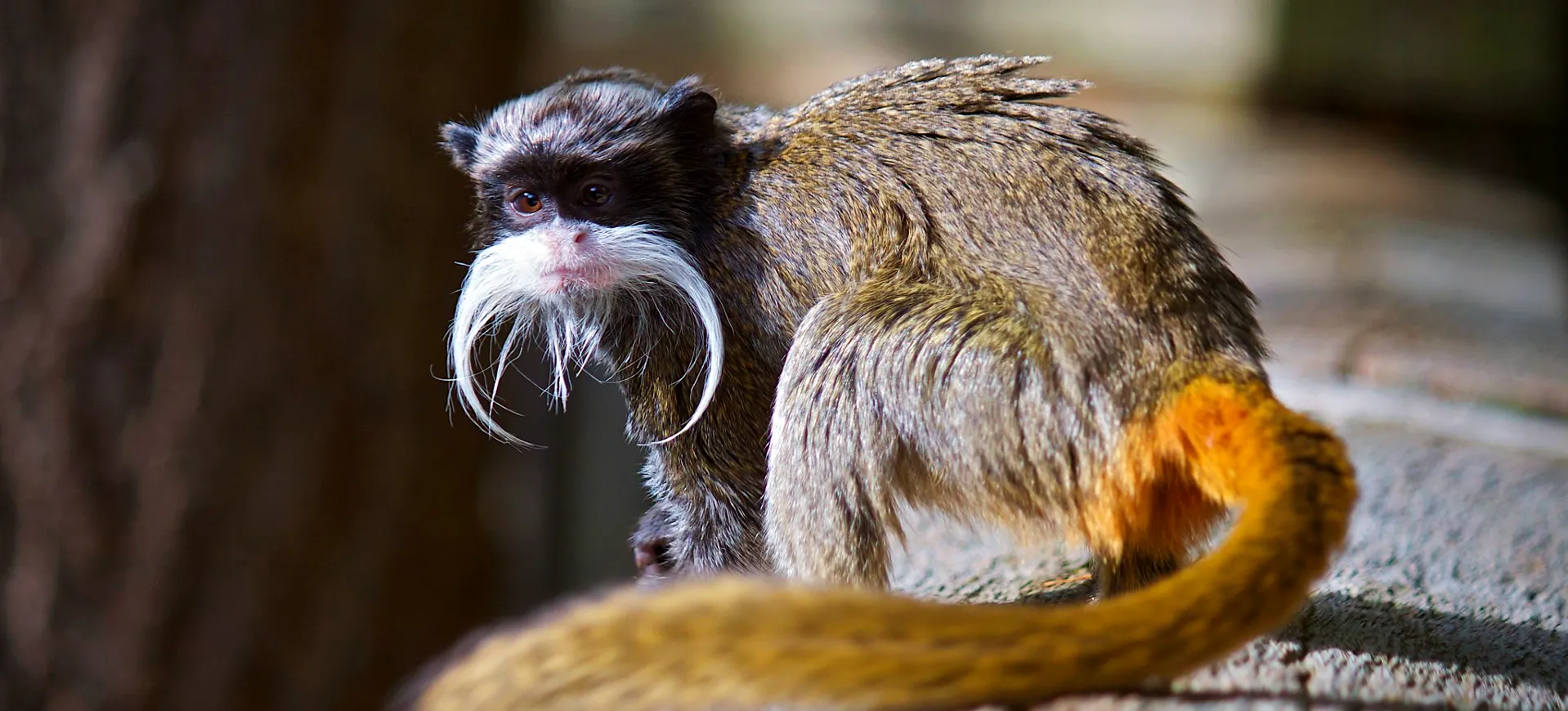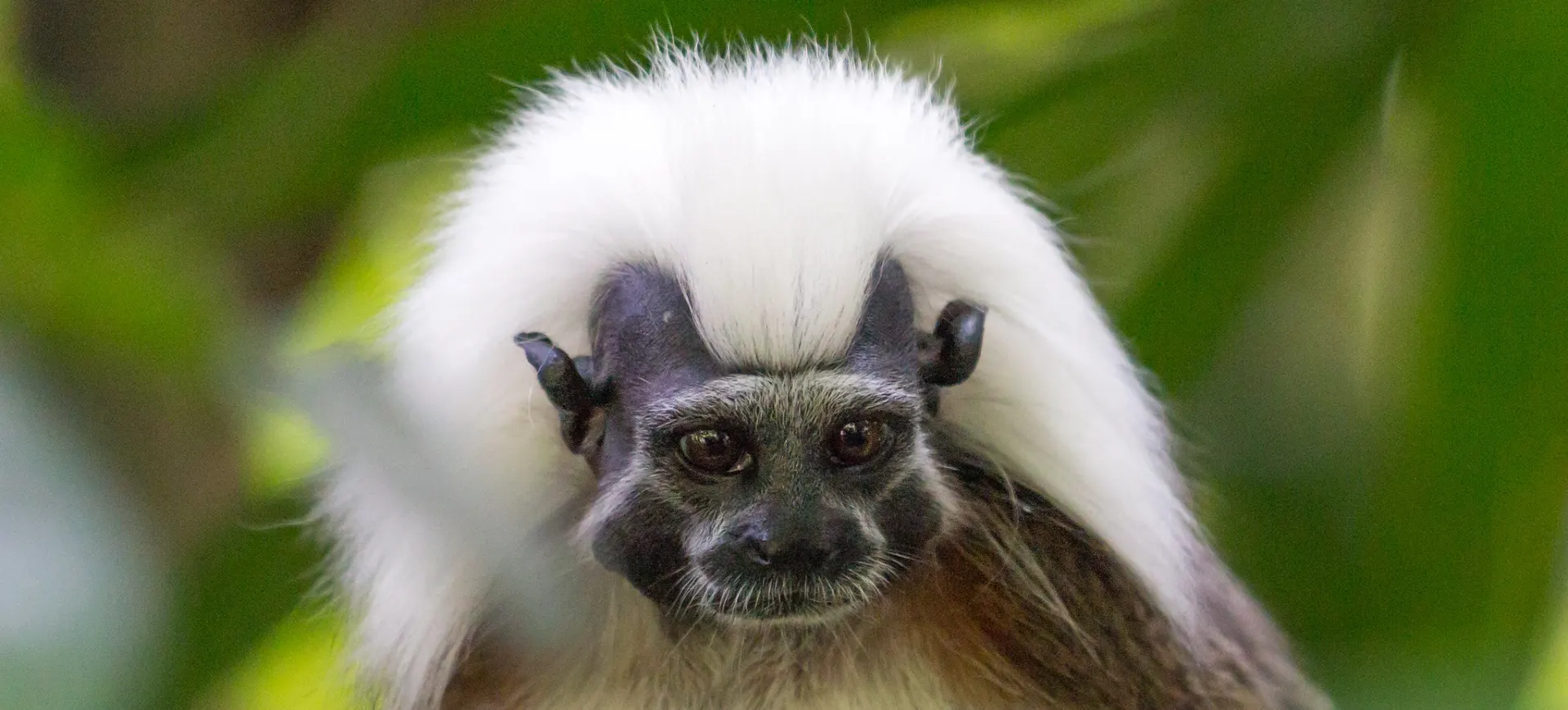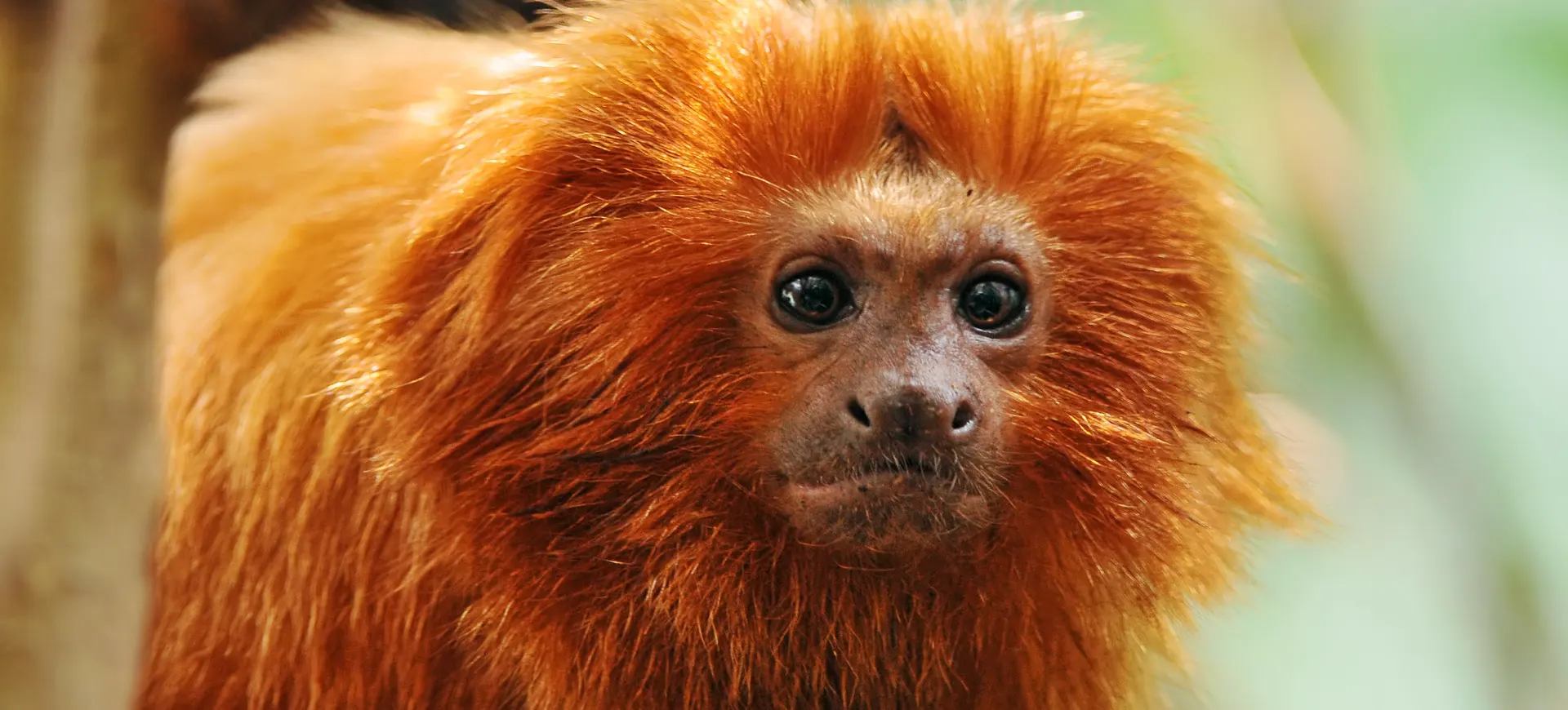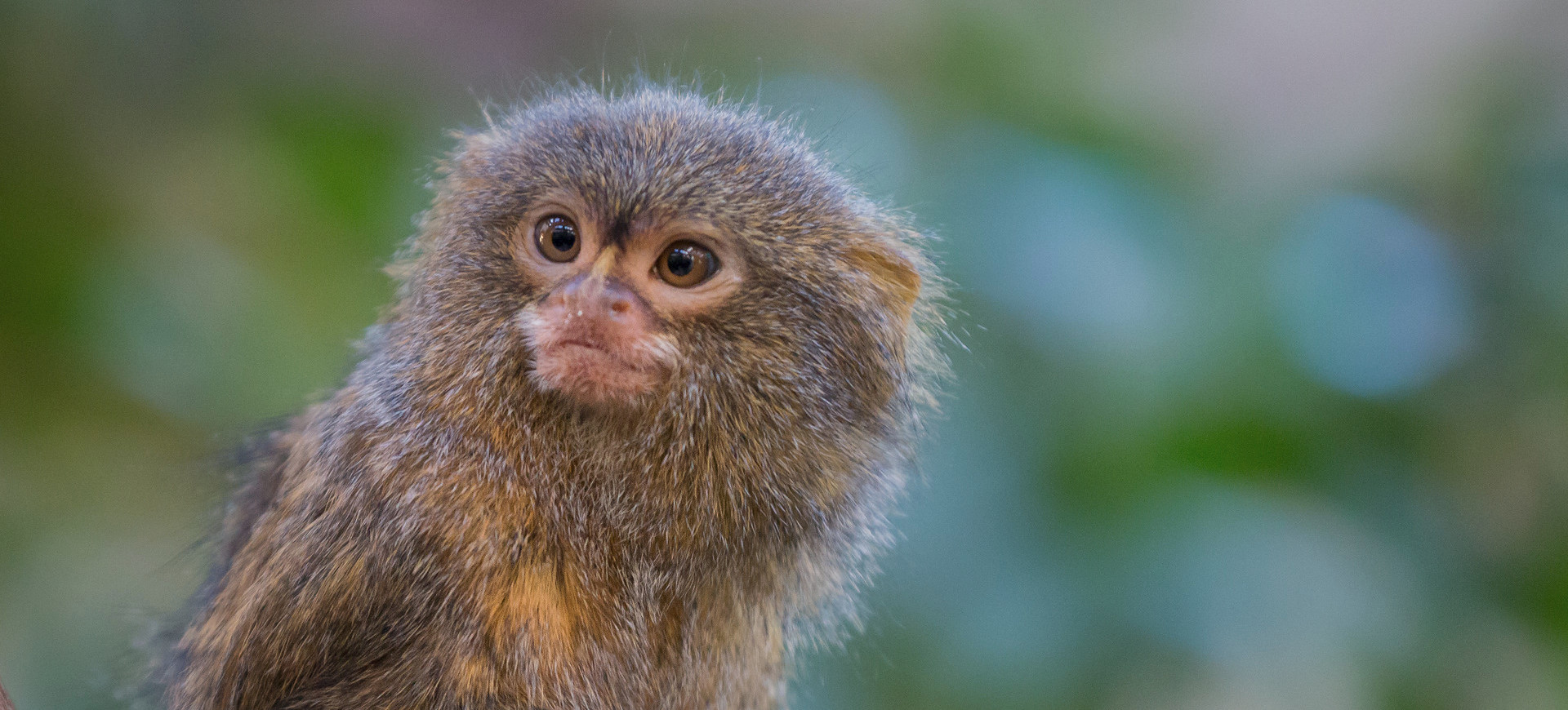Overview
The Emperor Tamarin (Saguinus imperator) is a fascinating primate, widely recognized for its distinctive white, flowing mustache that appears remarkably similar to a German emperor, hence the name. This small monkey has an attractive gray body, a darker, almost blackish saddle on the back and a rusty tail. The animal is known to exhibit sexual dichromatism, which is rare among tamarins. Emperor Tamarins reside in the southwestern Amazon Basin, notably in east Peru, north Bolivia, and the west Brazilian states.
These primates’ lifestyles are diurnal and arboreal, making their homes primarily in the tree canopies of tropical rainforests. They are highly social creatures that often live in groups of up to 20 individuals. Communication is critical within the group, and they interact with an intricate combination of vocalizations, facial expressions, and body postures. Known for their agile movements and nimble jumps, these animals are excellent climbers who can effortlessly move through their treetop habitats.
Despite their small size, Emperor Tamarins are robust and adaptable, playing a significant role in their respective ecosystems. They contribute to seed dispersal, aiding in the growth and regeneration of the forest, thereby maintaining a healthy forest ecosystem. Additionally, they serve as a food source for several predators, thus playing a critical role in the food chain. Their behavior and social dynamics also make them an intriguing subject for primate behavior and evolution researchers.
Taxonomy
Kingdom
Phylum
Class
Order
Family
Genus
Species
Type
Physical Description:
Emperor Tamarins are small primates with relatively slender bodies and striking physical appearances. They have a grey coat with streaks of yellow and black in the back and a brownish-red tail. The most distinguishing feature of this species is the long, white mustache that extends down both sides of the mouth and often exceeds shoulder length. This mustache contrasts sharply with the dark skin on the face. They also possess claws instead of nails on all digits except the big toe, which aids them in climbing trees.
While male and female Emperor Tamarins are visually similar, the females are slightly larger than males. The animal’s entire body is built for an arboreal lifestyle, equipped with a tail longer than its body length, offering balance while navigating tree branches. Their sharp teeth are suited for their omnivorous diet, and their small size makes them less noticeable to predators, offering them some protection.

Lifespan: Wild: ~15 years || Captivity: ~20 years

Weight: Male: 0.9 lbs (0.41 kg) || Female: 1.1 lbs (0.5 kg)

Length: Male: 9.3-10.5 inches (23.6-26.7 cm) || Female: 9.8-11.0 inches (24.9-27.9 cm)

Height: Male: 9.1 inches (23.1 cm) || Female: 9.8 inches (24.9 cm)

Top Speed: 24 mph (38.6 km/h)
Characteristic:
Native Habitat:
The Emperor Tamarin is found in the Amazon Basin in South America, specifically in eastern Peru, northern Bolivia, and western Brazil. They prefer the tropical rainforests and lower montane forests, thriving in these habitats’ dense, humid, and warm environments.
The tamarins spend most of their life in the treetops, rarely descending to the ground. They are well-adapted to this arboreal lifestyle, utilizing the forest’s vertical space from the canopy to the understorey. Their habitats are characterized by high biodiversity, providing ample food resources throughout the year.
Climate Zones:
Biomes:
WWF Biomes:
Biogeographical Realms:
Continents:
Diet:
Diet & Feeding Habits:
Emperor Tamarins are omnivorous, and their diet is widely varied. They are known to consume a variety of food sources, depending on availability. This diet primarily consists of fruits, flowers, nectar, and plant exudates (like gum and sap), which provide them with essential vitamins and minerals.
However, they are also known to be opportunistic feeders and will consume insects, spiders, small vertebrates, and bird eggs when available. Their small size allows them to reach food sources inaccessible to larger primates, giving them a competitive advantage in their ecosystem. They usually forage for food during the day, relying on their keen vision to spot potential food sources.
Mating Behavior:
Mating Description:
Emperor Tamarin exhibits a polyandrous mating system, where one female mates with multiple males. The mating season is not strictly defined, and the tamarins can mate throughout the year, depending on the availability of resources. During courtship, males exhibit submissive behaviors, including arching the back and turning the tail over the back.
Females are the dominant sex in Emperor Tamarin groups, and the males share in the child-rearing duties, a unique trait among these primates. Once pregnant, the female will carry the offspring for about 140-145 days before giving birth, usually to twins.
Reproduction Season:
Birth Type:
Pregnancy Duration:
Female Name:
Male Name:
Baby Name:
Social Structure Description:
Emperor Tamarins are highly social and usually found in groups of 2 to 15 individuals, but these groups can sometimes include up to 20 members. These groups typically comprise multiple males and females; the dominant female does most of the breeding. Males, including the dominant male, help with childcare duties, a behavior uncommon in most primate species.
Their social behavior is characterized by high cooperation, particularly in raising offspring. Group members communicate using various vocalizations, body postures, and facial expressions. They also exhibit mutual grooming, reinforcing social bonds and playing a role in social hierarchy establishment.
Groups:
Conservation Status:
Population Trend:
The population of Emperor Tamarins in the wild is estimated to be over 20,000. However, this is a rough estimate as the species’ elusive nature and dense, remote habitats make them challenging to count accurately. The groups of Emperor Tamarins usually contain about 4 to 20 individuals, though larger groups have been reported.
Their populations are generally stable but are threatened by habitat destruction due to deforestation and the expansion of agricultural land. They are also affected by the pet trade, although not as heavily as some other primate species. Their habitats are being protected in many areas, and efforts are being made to increase awareness of their ecological importance.
Population Threats:
The most significant threat to Emperor Tamarin is habitat loss due to logging and agricultural expansion, particularly for soy production and cattle ranching. This habitat destruction leads to population fragmentation, which can result in inbreeding and decreased genetic diversity.
In addition to habitat loss, they are also threatened by hunting and capture for the pet trade. While hunting is not a significant threat due to their small size and the relative difficulty of hunting them in the treetops, capture for the pet trade can have localized impacts on their populations.
Conservation Efforts:
Emperor Tamarins are legally protected in all countries within their range, and hunting or trading them is illegal. There are ongoing efforts to conserve their habitats, particularly by creating and managing protected areas. Conservation organizations also work to raise awareness about these tamarins and their ecological importance.
Additionally, efforts are made to better study their population, behavior, and ecology to inform conservation strategies. In zoos, the species is part of a coordinated breeding program, which helps maintain genetic diversity and could support reintroduction efforts if necessary.
Additional Resources:
Fun Facts
- The name “Emperor Tamarin” was originally a joke due to the animal’s resemblance to German emperor Wilhelm II.
- Emperor Tamarins usually give birth to twins, which is rare among primates.
- The Emperor Tamarin is one of the few primate species where males play a significant role in rearing the young.
- Despite their small size, Emperor Tamarins have long canines for their body size.
- Emperor Tamarins used over 38 different types of calls for communication.
- They use their long, sensitive whiskers to navigate and forage in the dark.
- Emperor Tamarins can leap up to 60 feet (18 meters) between trees.
- They live in mixed-species groups with other types of tamarins for protection and increased foraging success.
- The Emperor Tamarin’s tail is longer than its body, helping it balance while jumping from tree to tree.
- While their conservation status is “Least Concern,” Emperor Tamarins face habitat loss and fragmentation threats.





